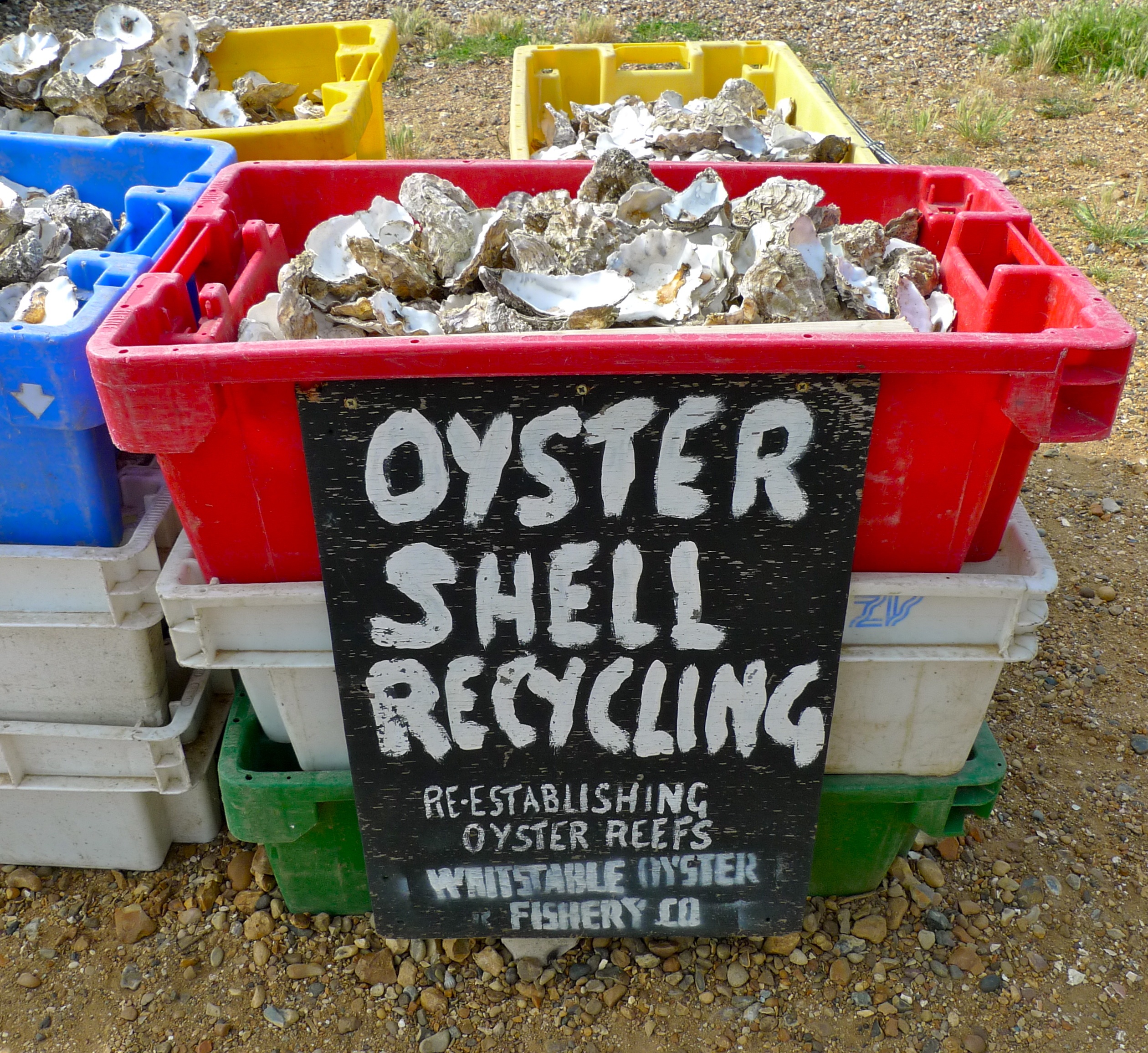According to a report released Nov. 19 by the California State Water Resources Control Board (SWRCB), detections and concentrations of pyrethroid pesticides are increasing in the state’s stream sediments. Pyrethroids are the active ingredients in many currently used pesticides available to urban consumers in the U.S., and also are widely used in agriculture. Many pyrethroids are extremely toxic to aquatic organisms, are known endocrine disruptors, and may be human carcinogens.
The Stream Pollution Trends Monitoring Program, which produced the report, is a statewide effort to measure trends in pollution levels and toxicity in major California watersheds. The latest report, “Trends in Chemical Contamination, Toxicity and Land Use in California Watersheds,” summarizes results from the first 5 years of annual surveys assessing stream pollution concentrations and how they are affected by land use.
According to the report, which summarized data from 2008 to 2012, pyrethroid pesticides showed an increasing trend in all watersheds, but most significantly in urban watersheds.
Chlorinated compounds, such as DDT and PCBs, declined over the 5 years, according to the report, as did detections and concentrations of organophosphate pesticides in sediment. However, DDT and PCBs continue to be of concern in California because of their potential to bioaccumulate. While concentrations in fish do not often exceed thresholds of concern, fish consumption advisories have been issued due to these contaminants for lakes, rivers, bays, and coastal areas. Concentrations of hydrocarbons, flame retardants and selected metals remained relatively constant.
On Nov. 20, the U.S. Environmental Protection Agency and National Oceanic Atmospheric Administration (NOAA) Fisheries, in cooperation with California state agencies, rice growers, and industry partners, announced an agreement to create federally enforceable restrictions of the pesticide thiobencarb, an herbicide used on rice crops, to protect threatened and endangered salmon and steelhead trout in California. The measures restrict pesticide use near endangered species habitat according to NOAA Fisheries geographic locations and information from rice growers. This action represents U.S. EPA’s first implementation of a NOAA Fisheries salmon and steelhead trout Biological Opinion.




